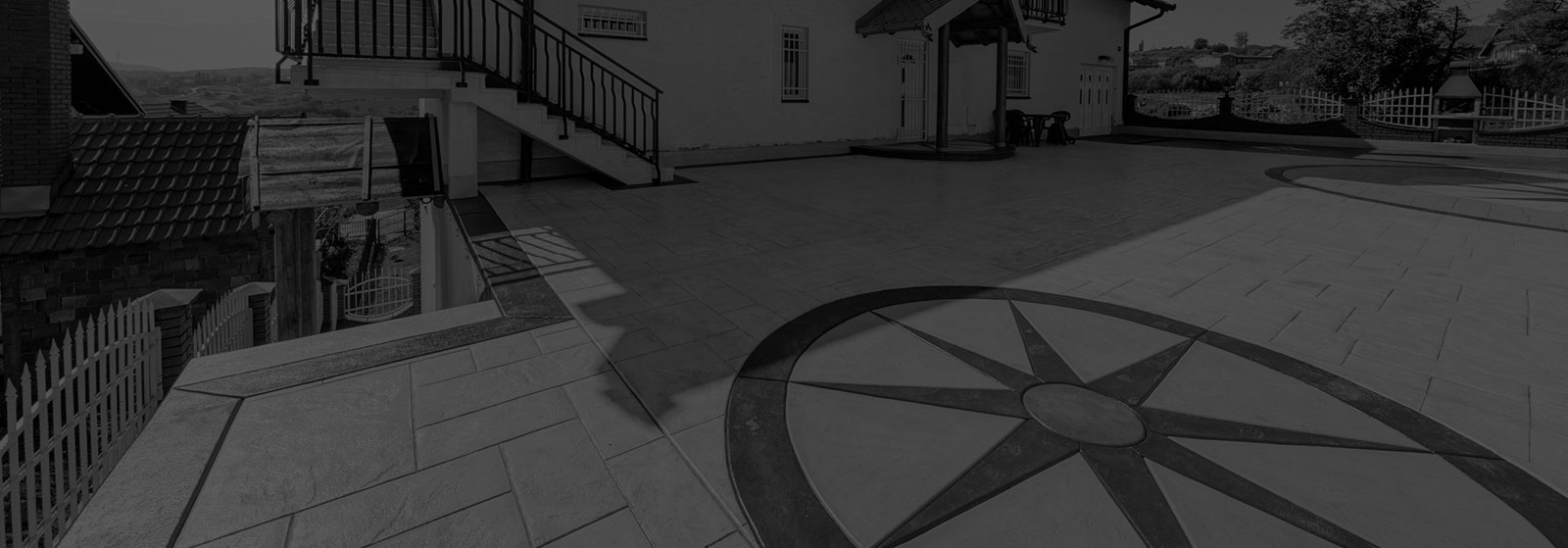Concrete is tough—why else would you have invested in it? From concrete garage floors to pool deck concrete, you trust anything molded from this material to be steadfast against rain, snow, ice, sleet, and more. It’s been used in commercial buildings and in residential areas as a reliable construction material for years. Why wouldn’t it be strong?
However, no material is infallible, and, especially in Minnesota, you’ll need to properly winterize your concrete in order for it to survive the coming cold months. Our rapidly fluctuating temperatures and no-holds-barred snowstorms aren’t easy on anything! Winterization, as a word, is fairly self-explanatory; it means to prepare an item to withstand winter, whatever that may entail for your specific climate. When applied in different contexts, though, it can become multifaceted; for example, winterizing concrete often requires quite a few steps.
Don’t begin to fret just yet, though! With Creative Concrete here to help, your pre-winter to-do list won’t get too long. Below, we discuss and simplify how to winterize any concrete structure.
THREE STEPS TO GREAT WINTERIZATION
Well, actually, there are four, but one should have taken place before winterization even begins. It’s the step of periodic maintenance, and it should never be ignored. Taking care of your concrete throughout the year ensures you’re not running around in a tizzy when the fall months roll around, and additional winterization tasks crop up on top of all that maintenance you’ve put off. Stay ahead of the game—trust us, you’ll thank yourself later!
Provided you’ve been a responsible concrete owner, winterizing concrete then generally boils down into three additional tasks. Of course, every concrete structure is different. Some might require all of these procedures, and some none at all.
- Repair applicable cracks | Concrete will crack; it’s in its nature. However, not all cracks are cause for concern. If they are, though, you’ll want to repair these before the frost to prevent additional damage.
- Seal, seal, seal | Without sealant to protect it, water can seep down into your concrete. When winter rolls around, this water freezes, expanding in volume and putting excess strain on your concrete. Make sure all necessary sealing procedures are squared away long before the first frost.
- Consider a mat for your concrete garage | Your car’s tires can drag damaging chemicals into your garage floor, debilitating your concrete over time. Learn more about garage cement floors and winter hazards here!
CONTACT CREATIVE CONCRETE FOR STELLAR CONCRETE SERVICES
Get the structure of your dreams complete before the cold comes, and pouring becomes impossible. Give our New Brighton office a call now at 612-414-7932.



